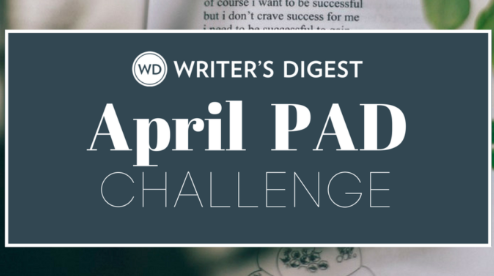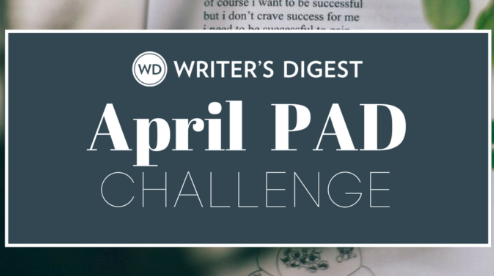Ovillejo: Poetic Form
Ovillejo poems have been written in Spanish since the early 17th century (and possibly even earlier). Learn the rules of this 10-line poetic form that employs rhymes and a refrain.
The story behind me selecting today's poetic form is maybe as complicated as the form itself, which is pretty complicated. Poetic Asides regular De Jackson credited me with sharing this form on the blog when she wrote a post on the ovillejo over at dVerse Poets Pub, though I'm not certain if I did or not.
Unfortunately, whole swaths of previous posts were permanently deleted from the site during one of our server moves a few years back. So maybe I shared the form, but it's also possible the form was shared in the comments of another post--or even in a thread on Facebook. Regardless, here we are now: getting ready for the ovillejo.
Ovillejo Poems
The ovillejo is an old Spanish form popularized by Miguel de Cervantes (1547-1616). This 10-line poem is comprised of 3 rhyming couplets (or 2-line stanzas) and a quatrain (or 4-line stanza).
The first line of each couplet is 8 syllables long and presents a question to which the second line responds in 3 to 4 syllables--either as an answer or an echo.
The quatrain is also referred to as a redondilla (which is usually a quatrain written in trochaic tetrameter) with an abba rhyme pattern. The final line of the quatrain also combines lines 2, 4, and 6 together.
As such, here's how the whole poem comes together (line-by-line):
Line 1: a rhyme in 8 syllables
Line 2: a rhyme in 3-4 syllables
Line 3: b rhyme in 8 syllables
Line 4: b rhyme in 3-4 syllables
Line 5: c rhyme in 8 syllables
Line 6: c rhyme in 3-4 syllables
Line 7: c rhyme in 8 syllables
Line 8: d rhyme in 8 syllables
Line 9: d rhyme in 8 syllables
Line 10: (Line 2) (Line 4) (Line 6)
*****
Re-create Your Poetry!
Revision doesn’t have to be a chore–something that should be done after the excitement of composing the first draft. Rather, it’s an extension of the creation process!
In the 48-minute tutorial video Re-creating Poetry: How to Revise Poems, poets will be inspired with several ways to re-create their poems with the help of seven revision filters that they can turn to again and again.
*****
Confused? Here's my attempt at an Ovillejo poem:
Into the World, by Robert Lee Brewer
Where do you place a captured fish?
On a dish.
How do you expect to be heard?
With a word.
Into what are all people hurled?
The world.
And if the meaning seems unfurled
like odd pieces to a puzzle,
don't delay haiku or ghazal
on a dish with a word--the world!
*****
A couple more notes on the Ovillejo:
- I don't believe lines 1, 3, and 5 have to be formatted as questions. It's just how I did it for my example.
- As with many modernized forms, I've also seen a range of syllables used. (As if poets prefer to bend the rules, right?
Robert Lee Brewer is Senior Editor of Writer's Digest, which includes managing the content on WritersDigest.com and programming virtual conferences. He's the author of 40 Plot Twist Prompts for Writers: Writing Ideas for Bending Stories in New Directions, The Complete Guide of Poetic Forms: 100+ Poetic Form Definitions and Examples for Poets, Poem-a-Day: 365 Poetry Writing Prompts for a Year of Poeming, and more. Also, he's the editor of Writer's Market, Poet's Market, and Guide to Literary Agents. Follow him on Twitter @robertleebrewer.





